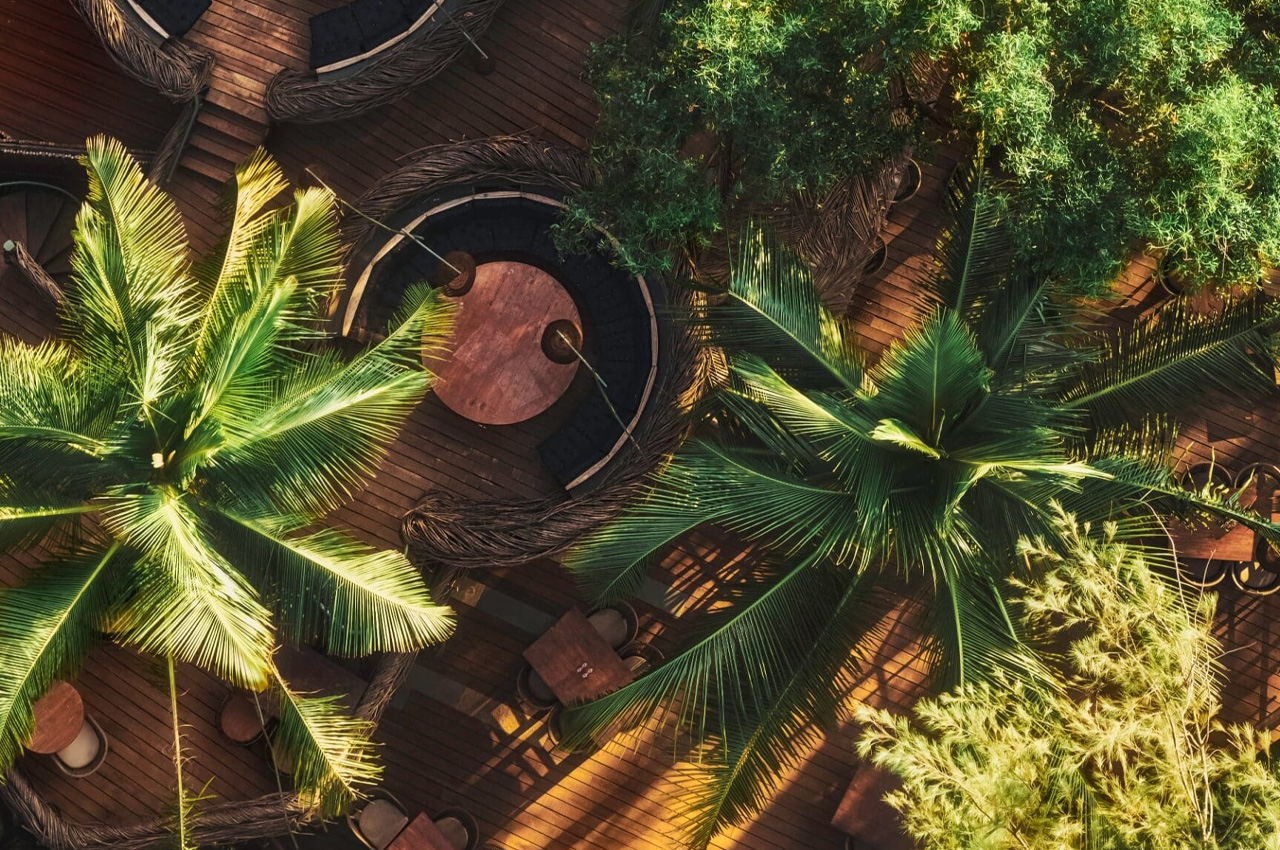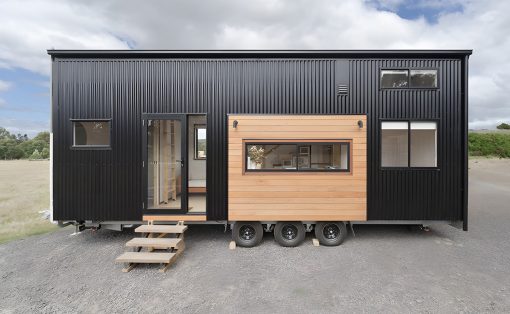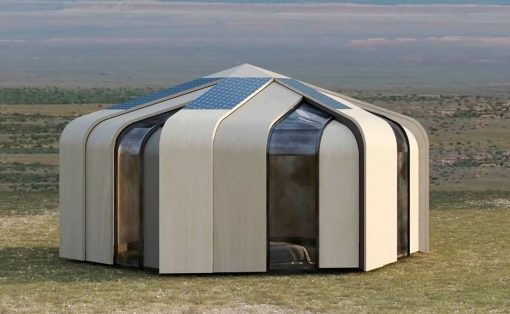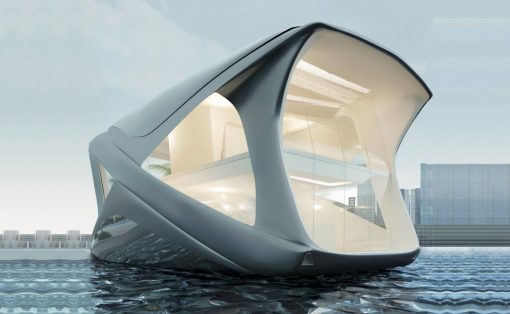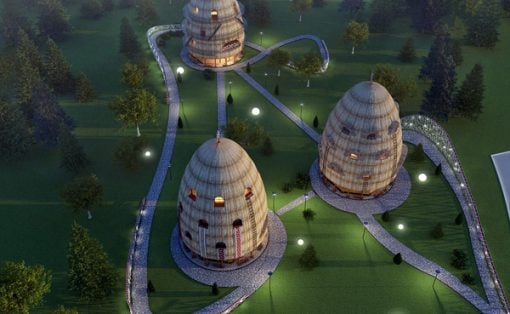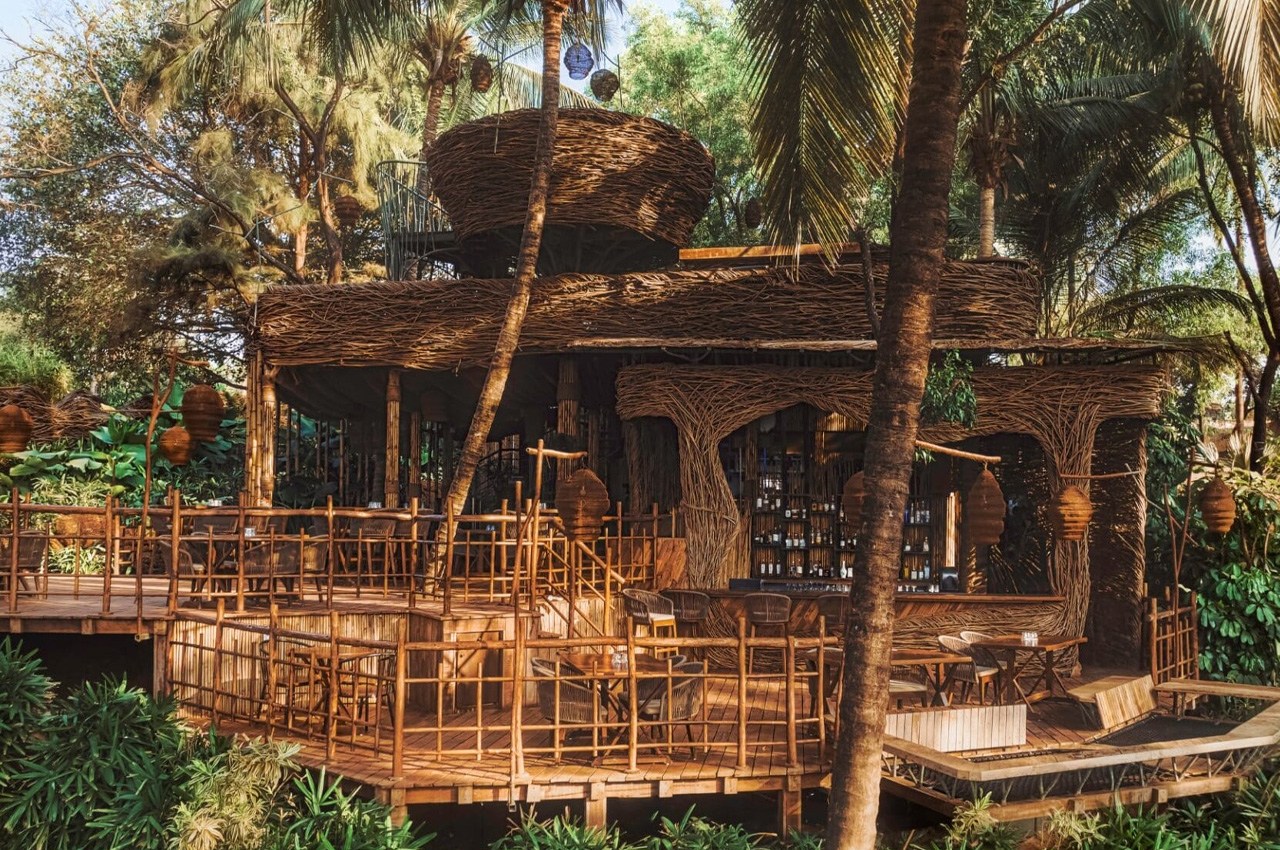
I’ve spent much time in the beautiful beach town of Goa, India, which truly has a special place in my heart. Coconut trees, salty air, restless waves, and red sandy paths adorn the region. The architecture is a mix of old and new, with traces of the Portuguese influence interwoven with modern Indian-influenced structures. Nestled in the vibrant and lush tropical area of North Goa is a beautiful new restaurant dubbed Como Agua. It provides patrons with stunning views across the Vagator cliffs, allowing them to admire the mesmerizing sea from an impressive elevated location.
Designer: Otherworlds
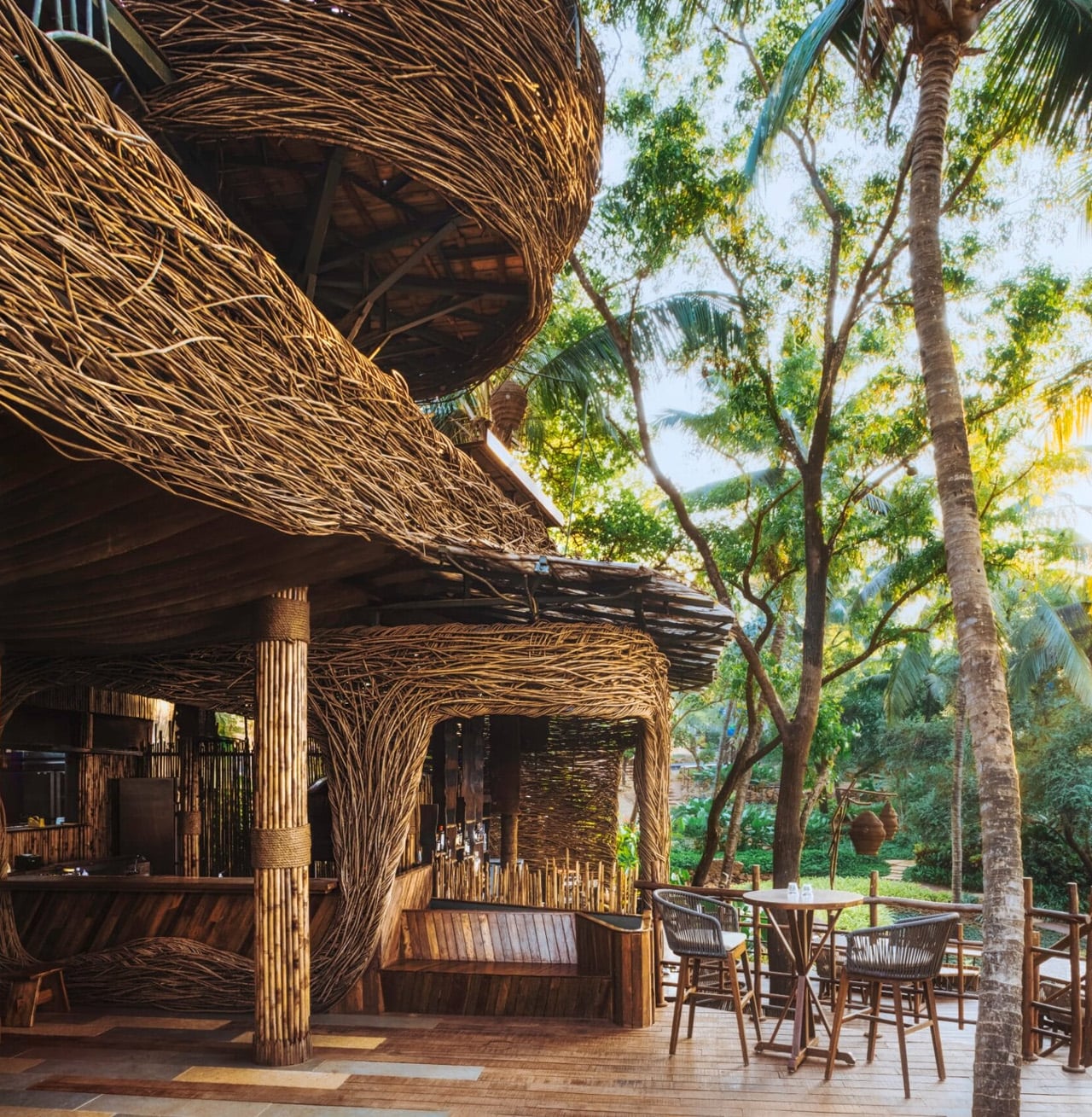
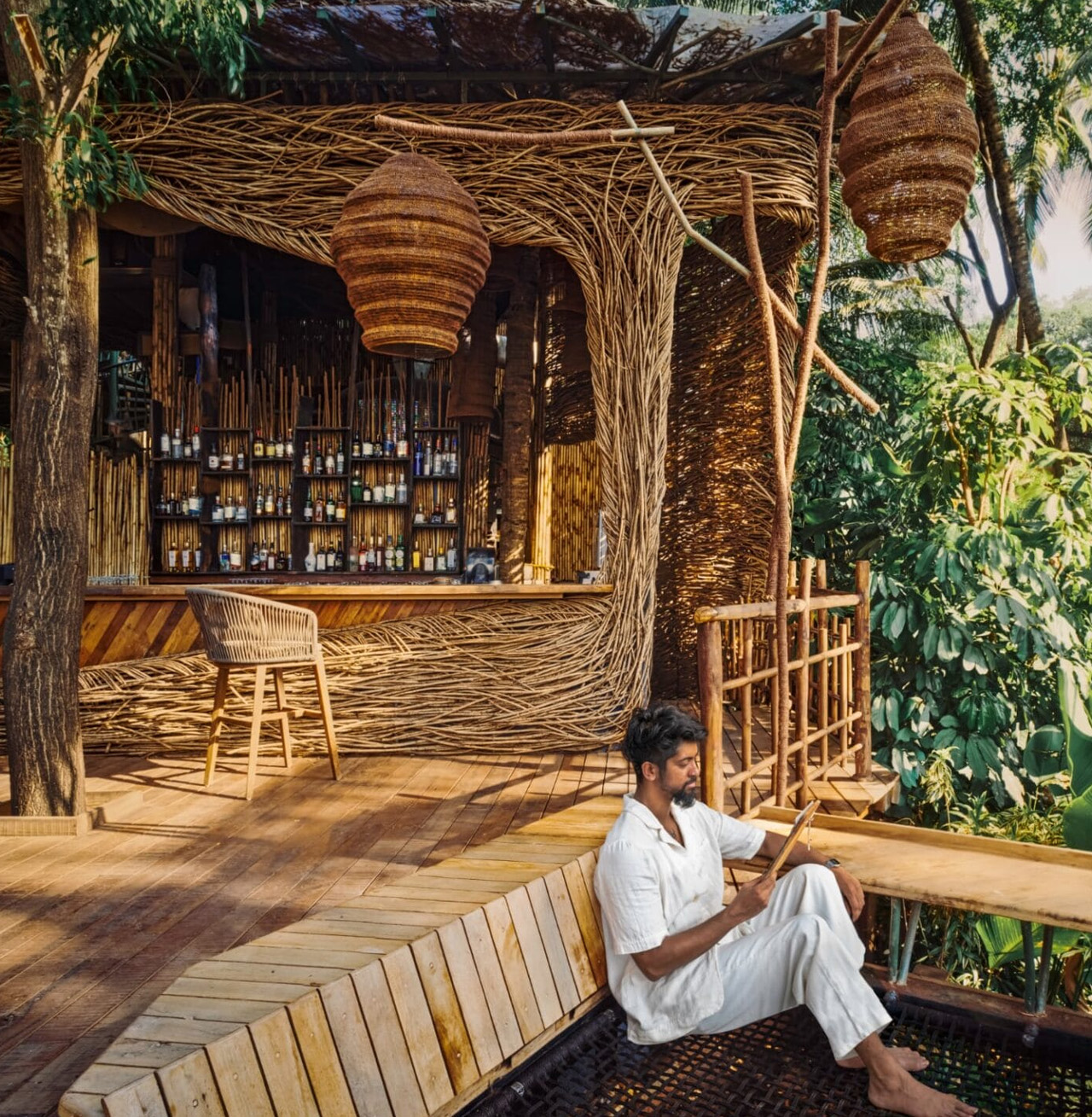
Designed by the architects at Otherworlds, Como Agua is tucked away on an elevated perch, offering the restaurant a bird’s-eye view of the surrounding landscape and sea. The bar is adorned with two large nests at the top, making it a truly unique and innovative structure. The oversized nests give the restaurant an Amazonian vibe, offering the impression that you’ve walked into the tropics.
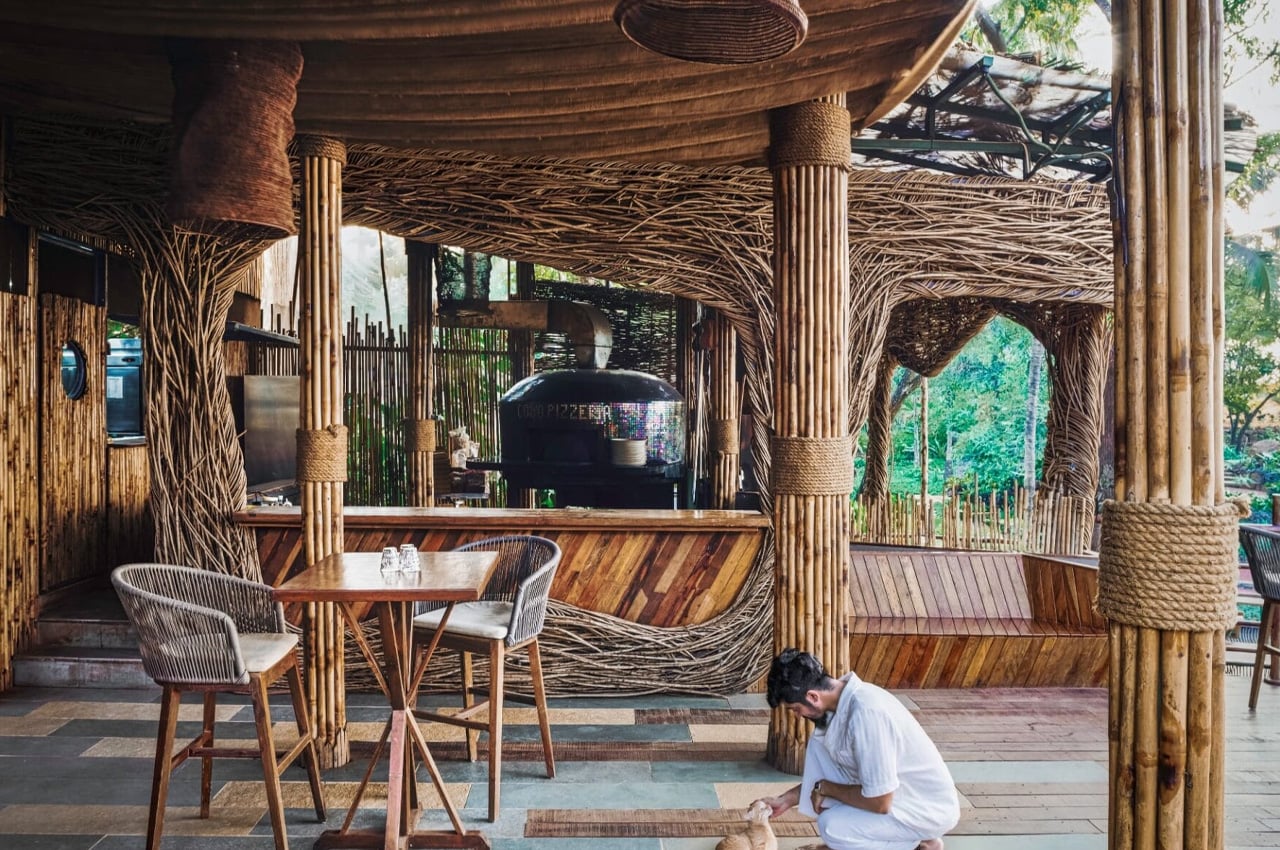
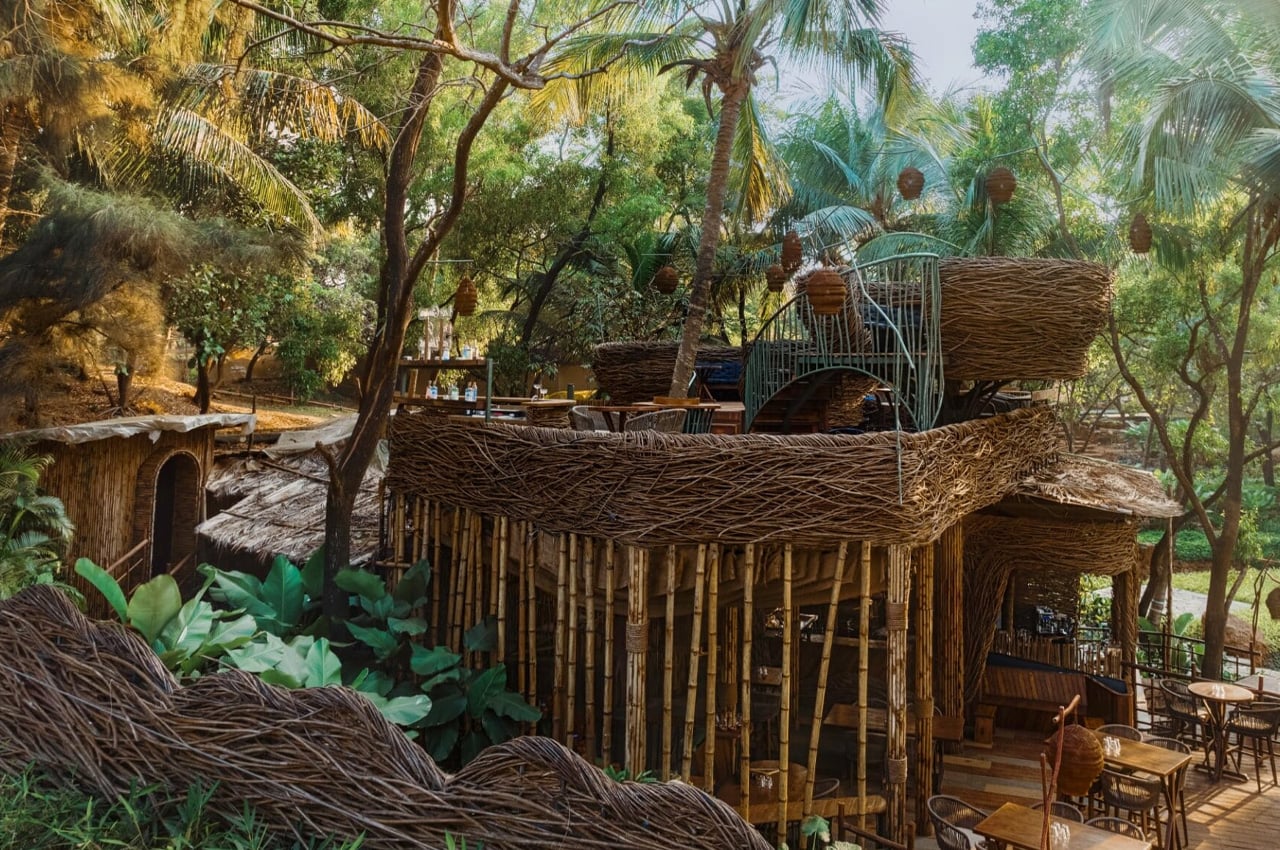
It occupies 3750 square meters, and is a vivacious open-air design built from bamboo and Lantana camera – an invasive flowering shrub that torments the local flora and fauna. The founder of Otherworlds, Arko Saha said that the plant “has invaded over 40 percent of the Western Ghats, a total of 13 million hectares of Indian landscape. Arriving in India as an ornamental plant in the early 1800s, lantana has escaped from gardens and taken over entire ecosystems.”
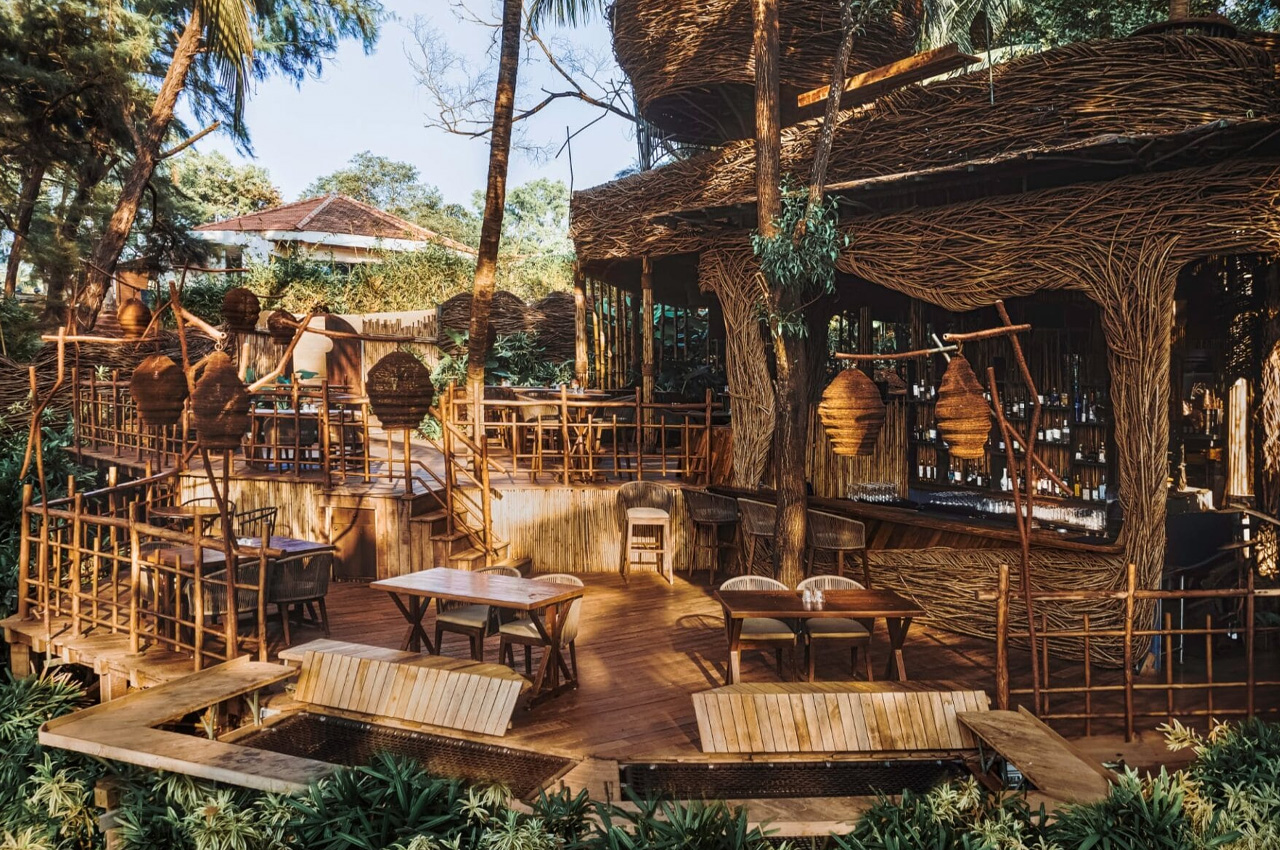
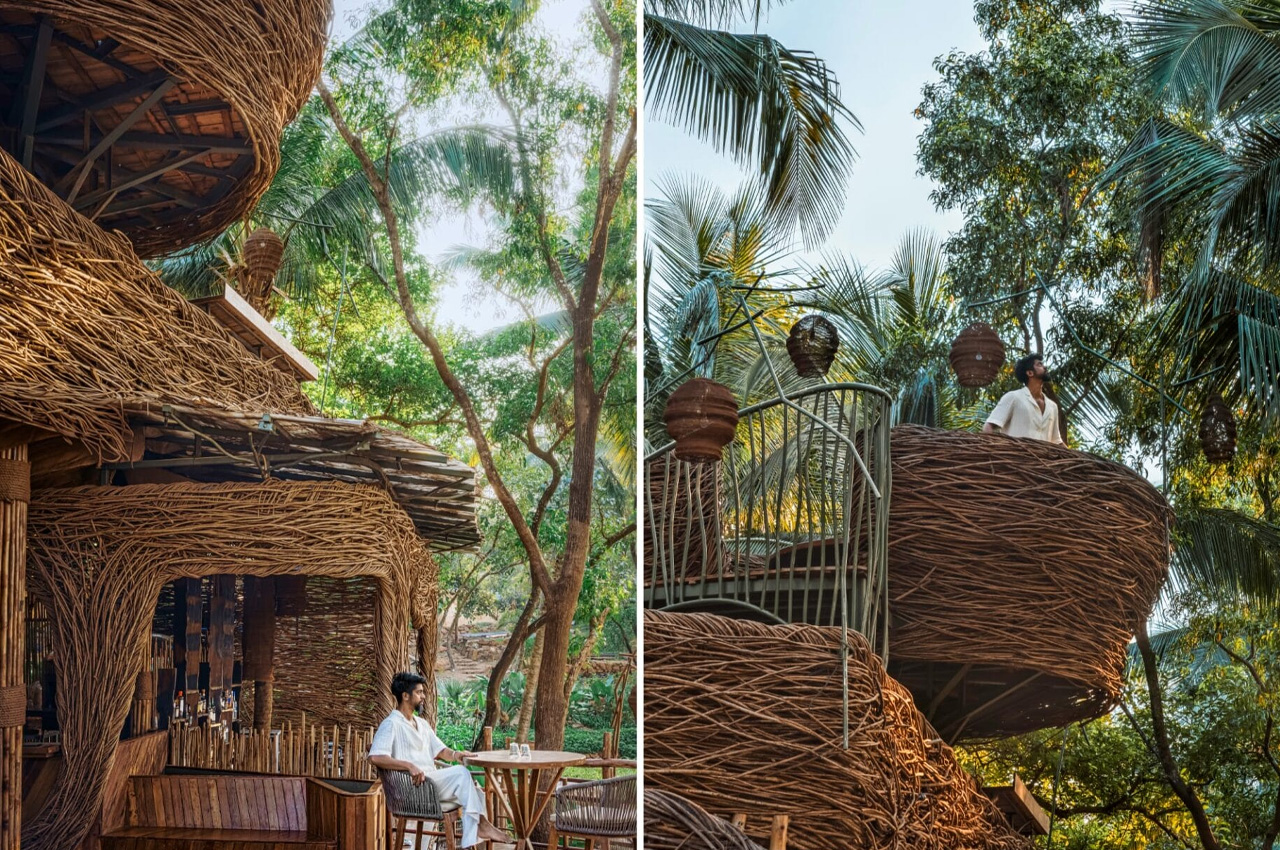
It’s quite interesting to see how they’ve utilized a shrub species that was wreaking havoc on the floral fauna and transformed it into a harmonious and integral element of the building. The architectural team wrapped the Lantana camera around the metal railings, bar, partitions, and canopies to build unique interlaced structures that look as if they’ve been built by weaverbirds!
The team says that – “The weavers are social birds, usually nesting and feeding in colonies. They collect all sorts of natural materials like twigs, fibers, and leaves to weave a membrane that acts as their nest, usually hanging from the branch of a tree. Materials used for building nests include fine leaf fibers, grass, and twigs. Many species weave very fine nests using thin strands of leaf fiber, though some, like the buffalo-weavers, form massive untidy stick nests in their colonies, which may have spherical woven nests within.”
